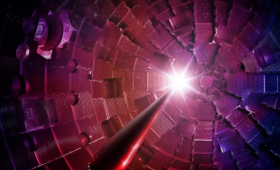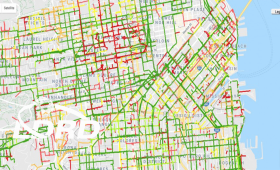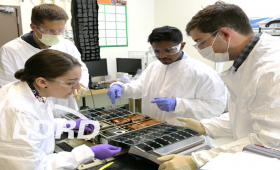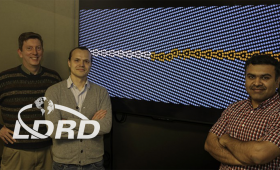The Atomic Energy Commission established the Plowshare Program in June 1957 to explore the peaceful uses of nuclear energy.
Science and Technology
in the News
Science and Technology
in the News
News Center

An experimental campaign at the National Ignition Facility has achieved double the previous record neutron yield and fusion energy output.

Livermore is working to develop and commercialize a tool capable of performing coupled simulations of transmission and distribution grids.

Livermore researchers are developing new instruments and operational principles for a type of nanosatellite called CubeSat.

Using machine learning, evolutionary algorithms, and other advanced computational techniques, researchers at Lawrence Livermore have successfully modeled how atoms are arranged between the crystals that make up most materials.

Livermore and Texas A&M scientists gain a better understanding of how radiation defects form

A new calculation of nucleon axial coupling offers insights into the properties of neutrons.

Livermore researchers are collaborating with the U.S. Navy on 3D-printing critical replacement parts.

An international research team has developed an x-ray-based method to study individual amyloid fibrils



